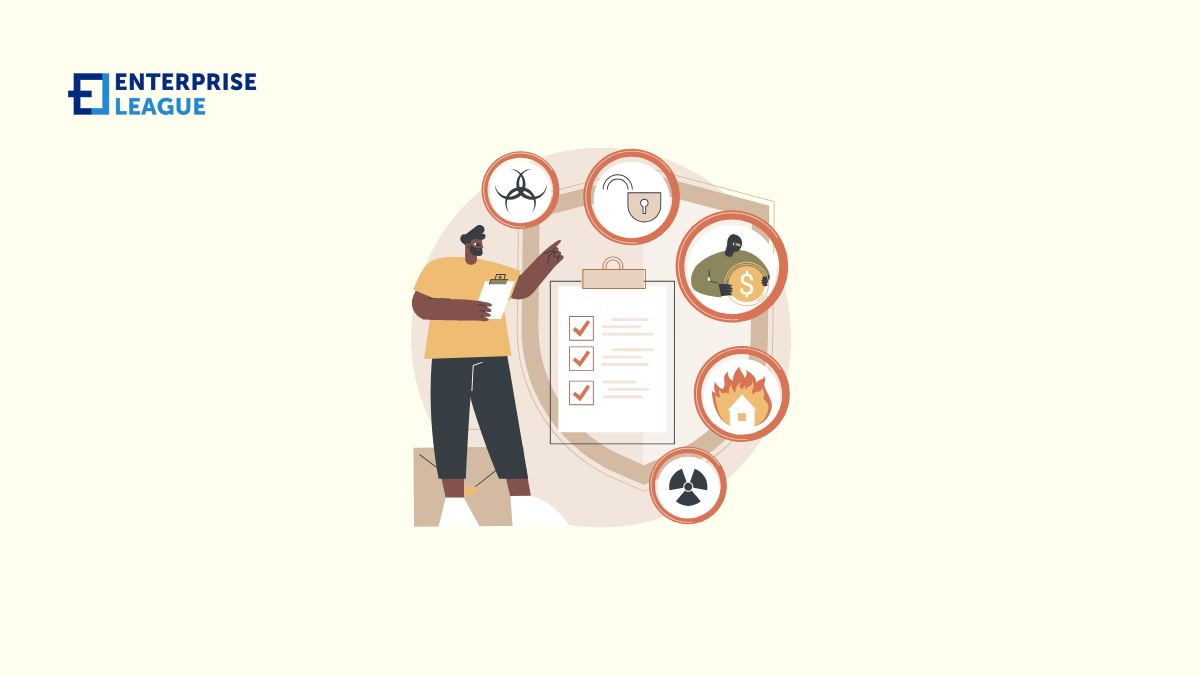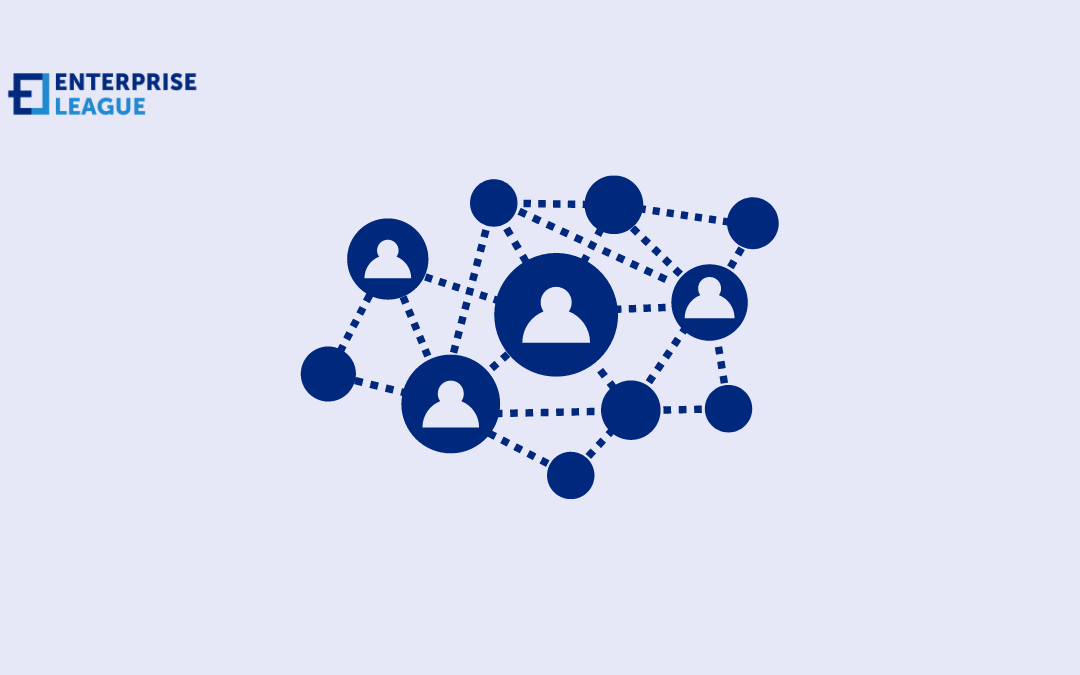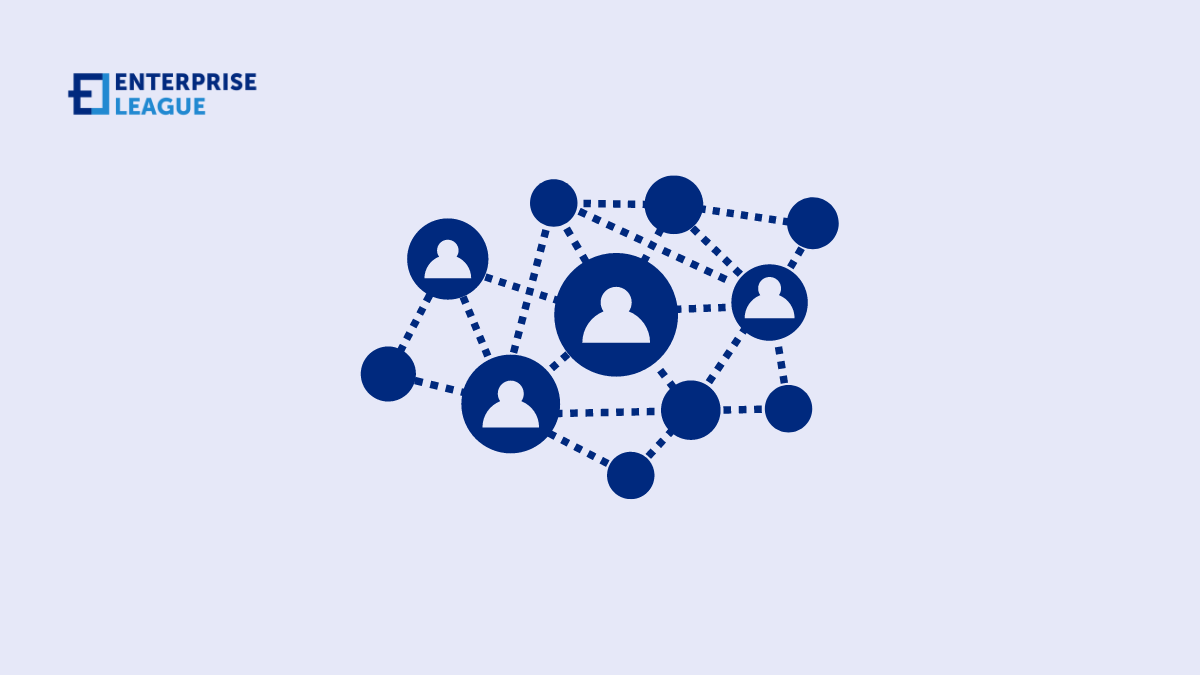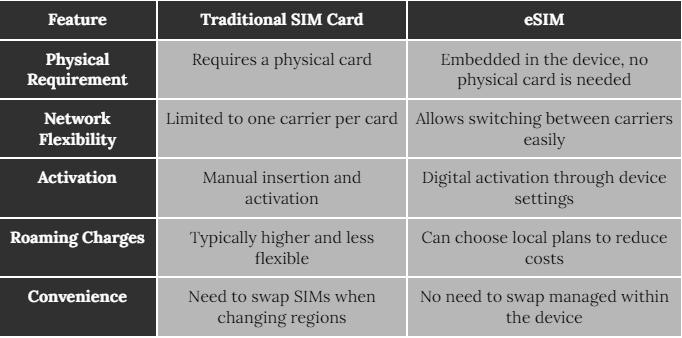This budget-friendly guide will help you master the art of festive Christmas office decorations and create Instagram-worthy show that spread holiday cheer.
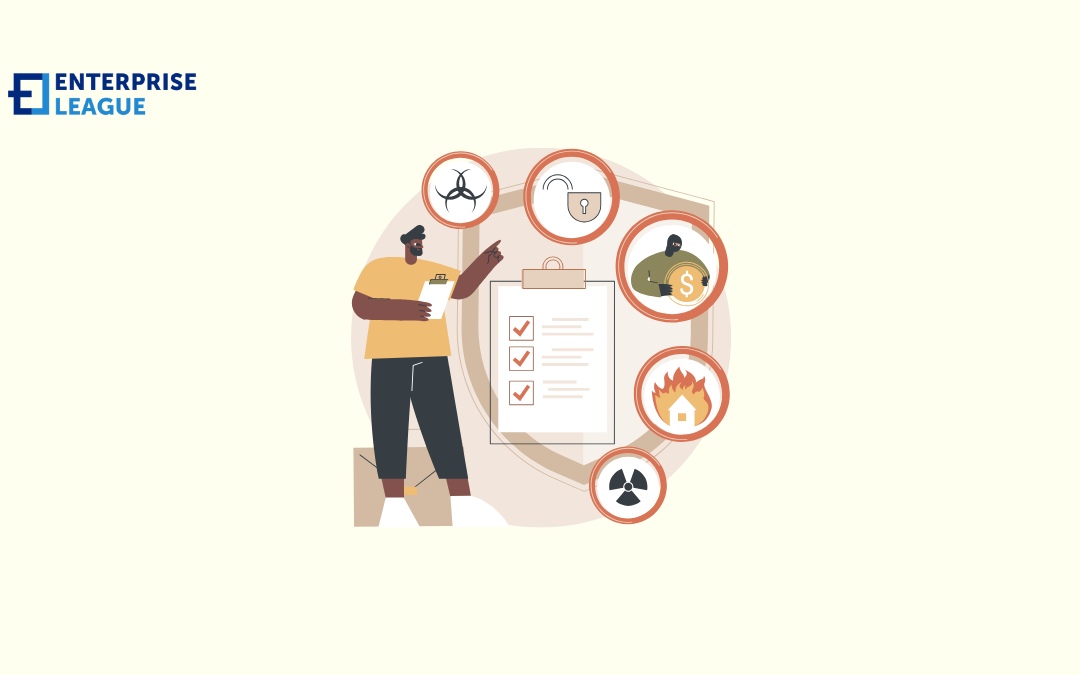
Disaster recovery plan: A must-know for enterprises
Downtime isn’t just an inconvenience, but it can also cripple your business. When disaster strikes, whether it’s a cyberattack, natural calamity, or system failure, you need a plan to keep your operations running. That’s where a Disaster Recovery Plan (DRP) comes in. But what is a disaster recovery plan, and why is it crucial for enterprises like yours?
What is a disaster recovery plan
A disaster recovery plan is a documented strategy that outlines how your business will continue to operate or quickly resume after an unexpected event. It includes a step-by-step process that helps your organization recover data, restore systems, and maintain business continuity.
Think of it as a safety net designed to minimize downtime and financial losses during and after a disaster. For more insights on protecting your business’s critical assets, visit our CloudSecureTech or other service providers, where you can explore best practices and solutions tailored to your needs.
Why your enterprise needs a disaster recovery plan
Disasters are unpredictable. They can strike at any time and have devastating effects on your business. Without a disaster recovery plan, you’re leaving your enterprise vulnerable to significant losses. Here’s why having a DRP is essential:
- Minimize downtime: Every second counts when your systems go down. A well-crafted DRP helps you minimize downtime, reducing the financial and reputational damage caused by extended outages.
- Competitive advantage: In a disaster, how quickly you recover can set you apart from your competitors. A solid DRP is similar to a business continuity plan that gives you the edge by enabling faster recovery times.
- Protect data: Your data is one of your most valuable assets. A disaster recovery plan ensures that your data is backed up and can be restored quickly in case of an emergency.
- Compliance: Depending on your industry, you may be required to have a disaster recovery plan to comply with regulations. Failing to do so could result in fines and legal issues.
- Customer trust: Customers expect your services to be available when they need them. A disaster recovery plan helps you maintain their trust by ensuring you can meet those expectations, even in the face of adversity. By investing in a well-crafted DRP, you can mitigate the risks associated with disasters and safeguard your business’s operations. To help you create an effective one, visit Lazorpoint’s website and other helpful resources.
Key components of a disaster recovery plan
Understanding what is a disaster recovery plan is just the beginning. To create an effective DRP, you need to include several key components that cover all aspects of your business operations.
Risk assessment and business impact analysis
Before you can create a disaster recovery plan, you need to know what you’re up against. Risk assessment and business impact analysis are complementary processes in risk management. Risk assessment identifies and evaluates potential threats to an organization, while business impact analysis determines how disruptions could affect critical business functions.
Together, they help organizations understand what could go wrong, the likelihood and consequences of various risks, and the resources needed for recovery. This information enables businesses to prioritize risks, develop mitigation strategies, and create effective continuity plans.
Recovery objectives
Once you’ve identified the risks, you need to set recovery objectives. These are the goals you aim to achieve during the recovery process. There are two main objectives to consider:
Recovery time objective (RTO)
RTO is the maximum acceptable time a business process can be down after a disaster or disruption before the organization experiences unacceptable consequences. It represents how quickly you need to recover your IT systems or business processes to avoid significant losses.
RTO is typically measured in hours or days and helps organizations prioritize their recovery efforts and allocate resources accordingly.
Recovery point objective (RPO)
RPO defines the point in time to which data must be recovered after an incident occurs. For example, an RPO of 4 hours means the system should be restored to a state no older than 4 hours before the disruption.
This metric helps organizations determine their backup frequency and data replication needs, balancing the cost of data protection against the potential impact of data loss. A shorter RPO requires more frequent backups or continuous replication, which can be more expensive but minimizes data loss.
Recovery strategies
With your recovery objectives in mind, it’s time to develop recovery strategies. These strategies outline the steps you’ll take to restore critical systems and operations. Some common recovery strategies include:
Data backup
Regularly backing up your data is essential for quick recovery. Ensure that your data backups are stored in a secure, offsite location to protect them from local disasters.
Communication plan
Clear communication is vital during a disaster. Your DRP should include a communication plan that outlines how you’ll keep employees, customers, and stakeholders informed.
A well-structured communication plan ensures that everyone understands their role in the recovery process while information flows efficiently, reducing misunderstandings, and maintaining transparency and trust.
Testing and maintenance
This process helps identify weaknesses, ensures the plan remains relevant and effective, and keeps all team members prepared. Regular testing and updates increase an organization’s ability to respond quickly and effectively to real disasters, minimizing potential downtime and data loss.
In addition to that, keep in mind that your DRP must be continuously updated and adapted as your business grows and changes.
Conclusion
By investing time and resources into developing, testing, and maintaining a comprehensive disaster recovery plan, enterprises not only protect their assets and data but also ensure business continuity, maintain customer trust, and safeguard their reputation. As threats continue to grow and change, so too must our preparedness. That’s why a well-crafted disaster recovery plan has become an essential tool when it comes to facing the uncertainties of the modern age and securing a company’s future.
More must-read stories from Enterprise League:
- Learn how to deal with being proffesionally ghosted like an expert.
- Are there any benefits of having a 80 hour work week?
- Smart ways to enhance the efficiency of your business.
- Profitable and funny business idea that you can start today.
- Foretelling: transform your business by predicting future trends.
Related Articles
Christmas office decorations without breaking the budget
Scaling your SEO business through reselling services
Take your SEO business to new heights by reselling premium SEO services and learn how to select the best services and provide outstanding customer support.
The 5 types of people you meet at the office Christmas party
Secret Santa mishaps, questionable dance moves and mysterious mistletoe moments, meet the types of people who make it all happen at your office Christmas party.
Which rating agency is the best?
This credit rating agencies guide breaks down the top players, their strengths, and how they can help your business access better financial opportunities.
Breaking down the dropshipping business model
Build your online store the smart way and see why dropshipping beats traditional retail for new sellers and how to do it the right way in order to succeed.

